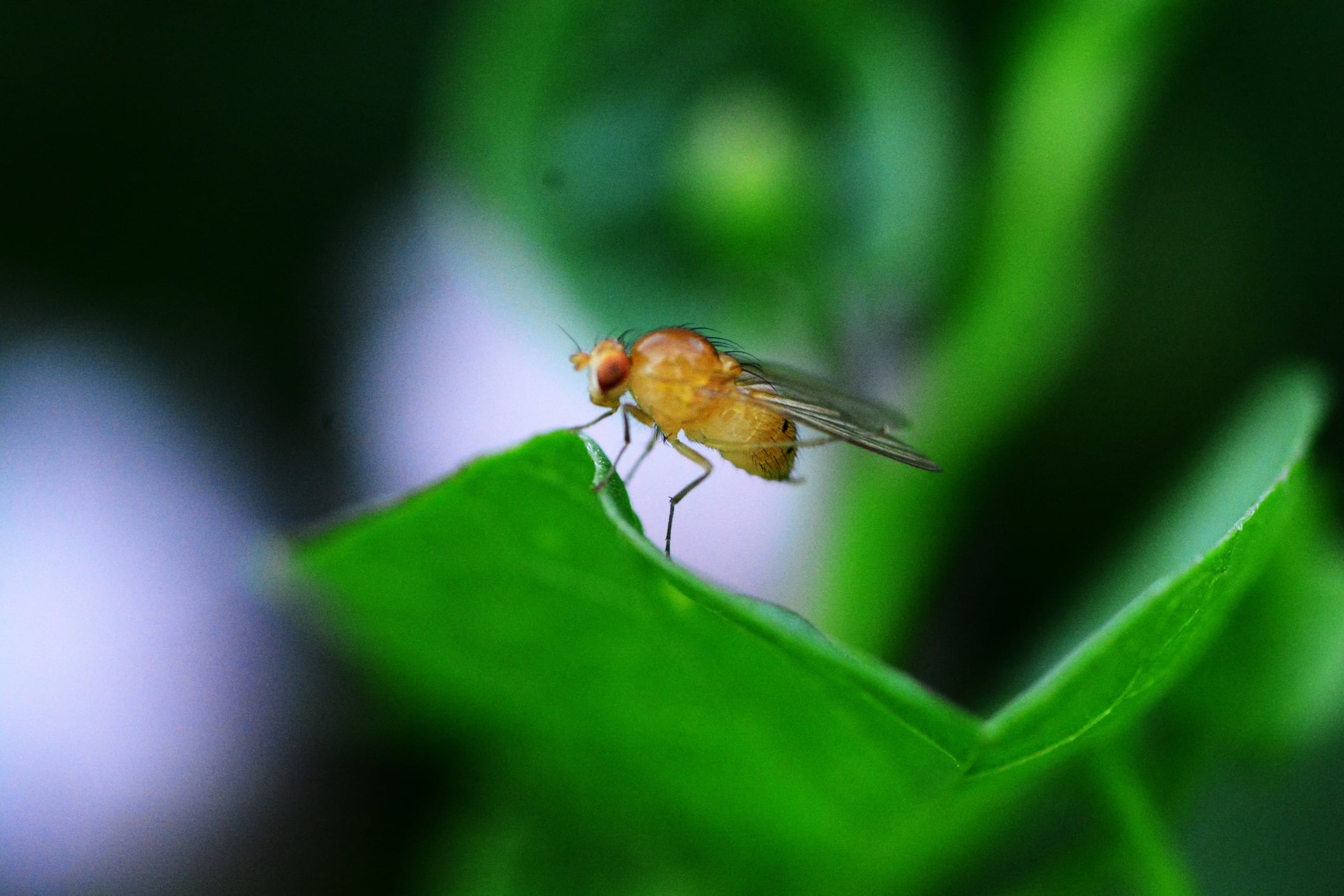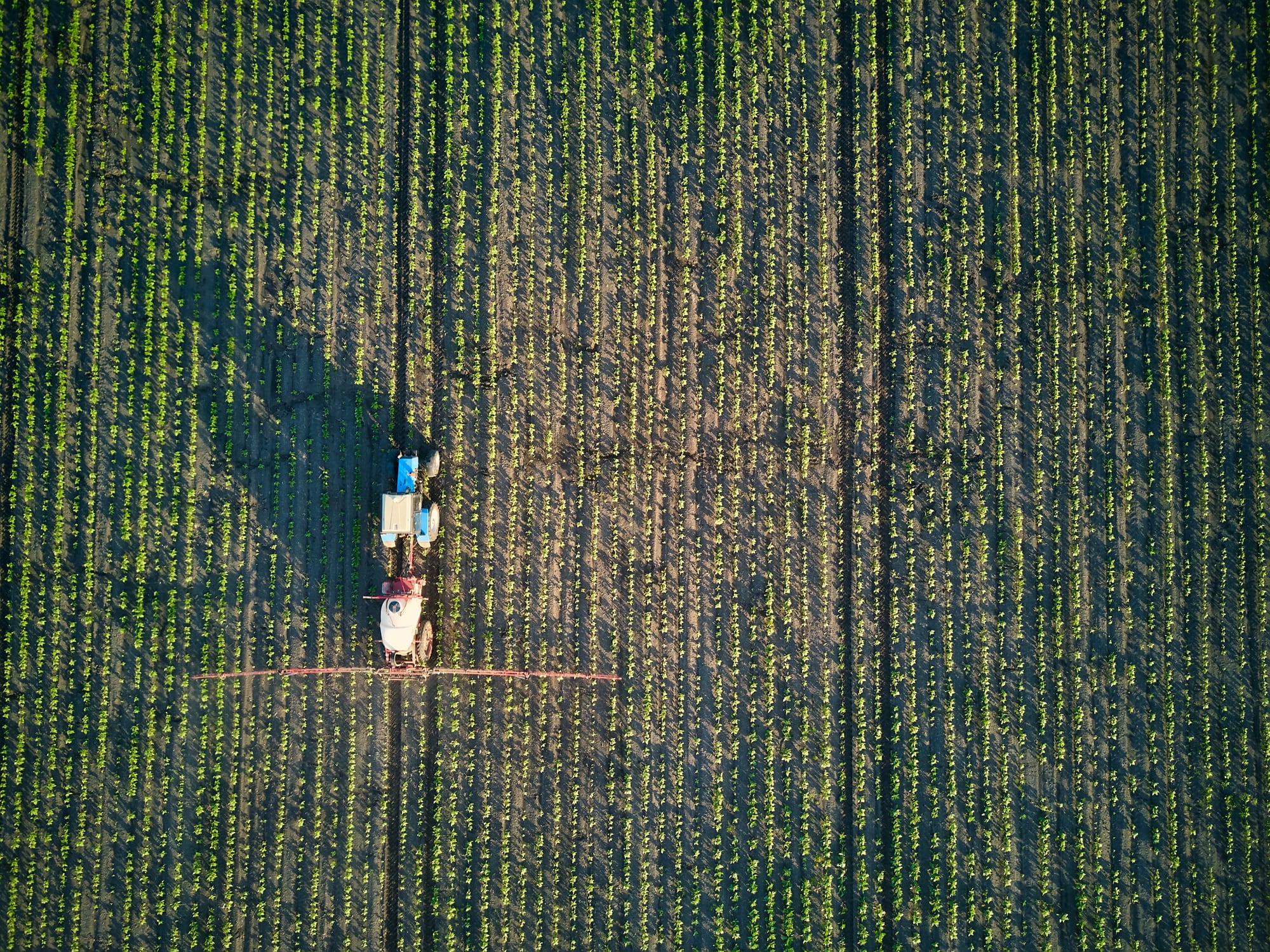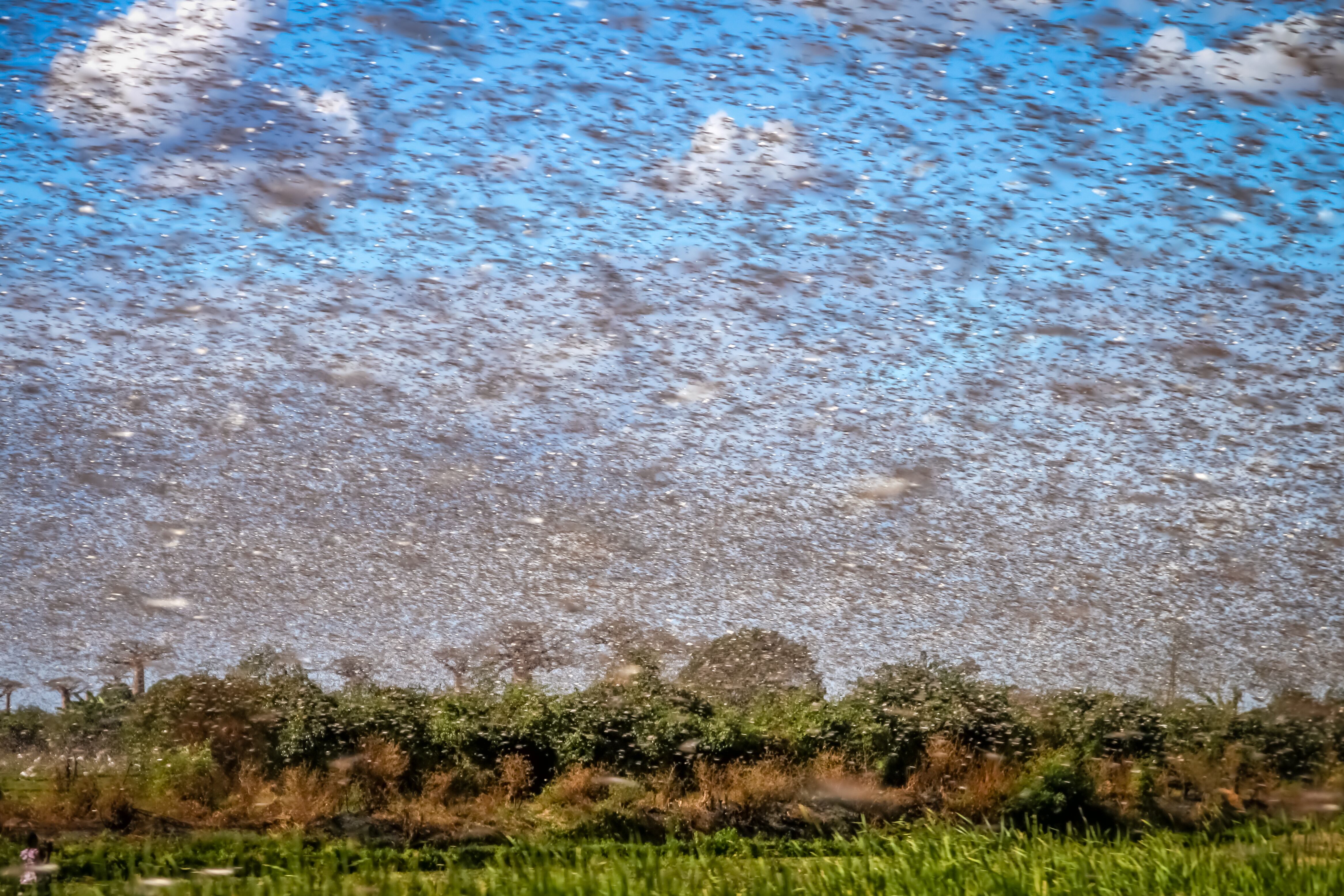Sterile insect technique (SIT) is pest control method that involves mass-rearing and sterilising target insect species using radiation (e.g., gamma rays or X-rays), then releasing them systematically into the wild to reduce pest populations.
It is among the most environmentally friendly insect pest control methods out there, but logistical and cost barriers have traditionally held back its growth.
That’s set to change, according to UK-based insect control company BigSis. Thanks to robotics and AI it claims to have transformed the economics of the technique.
Macrobial pest control – or the use of larger living organisms, such as predators, parasitoids, or herbivores, to manage pest populations – is often lauded as a more natural and targeted approach than chemical pesticides.
Investors seem keen too, evidenced by Eurazeo’s recent acquisition of Bioline. Other firms, including Biofirst Group and Koppert, have also attracted recent investment in their portfolios which include macrobials.
Yet macrobial solutions face their own challenges, claims BigSis CEO Glen Slade. “Because they rely on naturally occurring organisms, they lack strong intellectual property protection,” he says. “Rearing insects for biological control is difficult, demand fluctuates, and regulatory approvals vary by market. More critically, macrobials often struggle to match chemical insecticides in efficacy, making adoption an uphill battle.”
Several companies, meanwhile, are developing genetically modified (GM) insects for crop protection. But regulatory approvals can vary by market, which can be a hindrance for this sector.
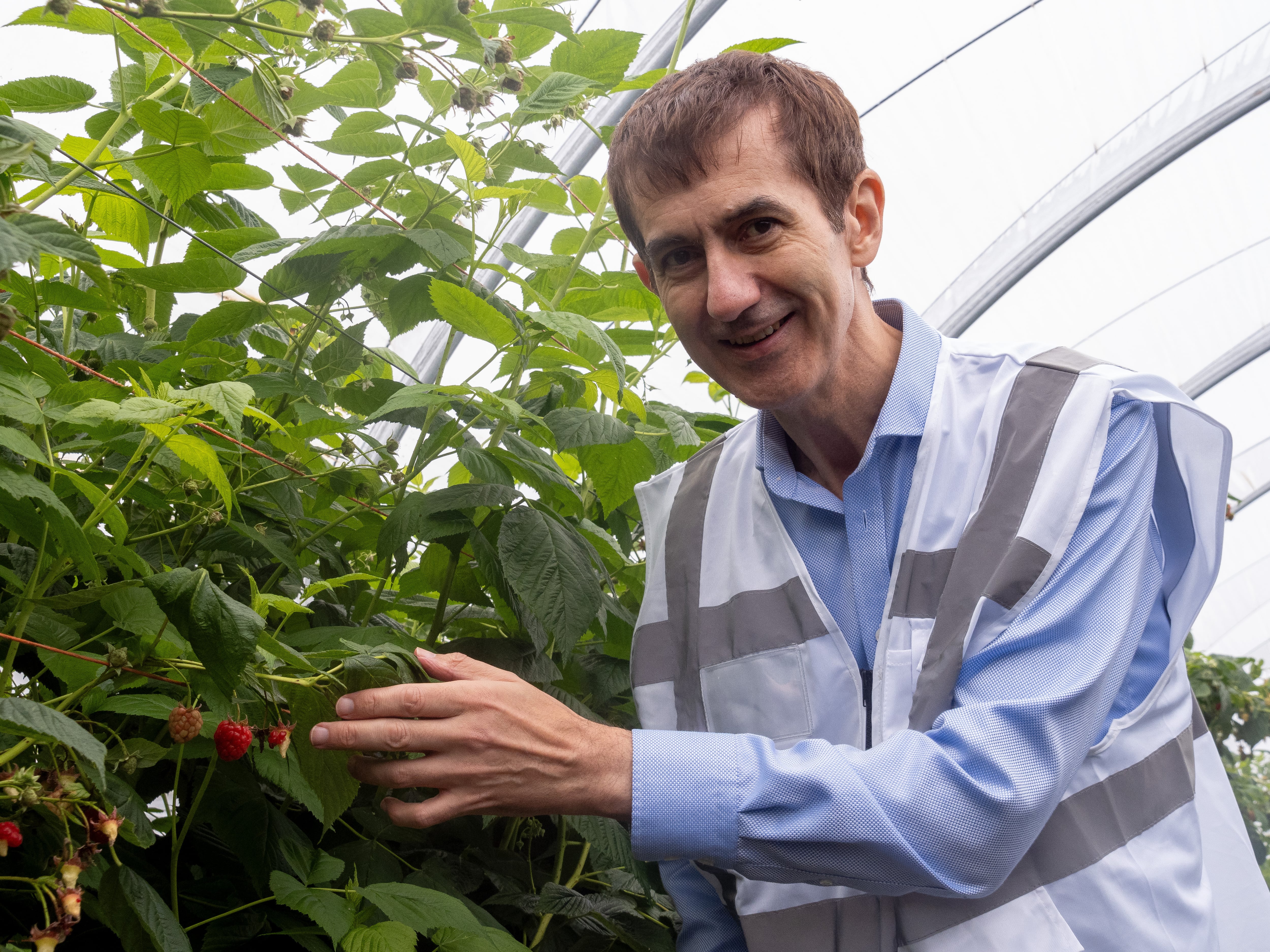
How’s BigSis’s approach different? SIT is not a curative measure like chemical insecticides, but rather a preventative tool, Slade tells us. By releasing sterilised male insects that mate with wild females, SIT suppresses pests throughout the season, keeping them at low levels and minimising crop damage, reducing costs by up to 90% per hectare compared to traditional methods.
The regulatory pathway for non-GM insects is “relatively straightforward” in most countries, adds Slade, requiring just a risk assessment since the solution is non-toxic, species-specific and the insects, by being sterile, are unable to establish in the environment.
BigSis’s method is currently approved in England and four US states. Its first commercially launched solution – offered as a season-long service for a fee per hectare – targets spotted wing drosophila (SWD), a major pest in berry and cherry production. It aims to conduct its first codling moth (another menace to apples and pears) control trial in the UK in 2027. Future targets also include olive fly, Mediterranean fruit fly and oriental fruit fly.
The company has raised over £6.5 million, including a £4.5m Series A in 2022 and it was named among Bloomberg UK’s ‘25 Start-ups to Watch’ in 2023.
“BigSis set out to solve the challenges that hinder GM-insect companies and build a low-risk, scalable solution,” Slade says. “Our proprietary automated rearing system allows production to scale simply by replicating the production line.”
BigSis was the first to demonstrate that SIT could control SWD, he claims. Trials conducted by a leading berry brand found that SIT significantly lowered the wild SWD population, improved crop quality, reduced crop waste, and boosted yields.
“SIT offers a new perspective,” says Slade. Referring to the problems of the insect protein farming sector, he states: “It’s not about producing insects at mass scale for low-margin commodities, it’s about deploying insects as a high-value service that delivers measurable economic and environmental benefits.
“Not every insect is a pest. And not every insect-based business is destined for low margins.”
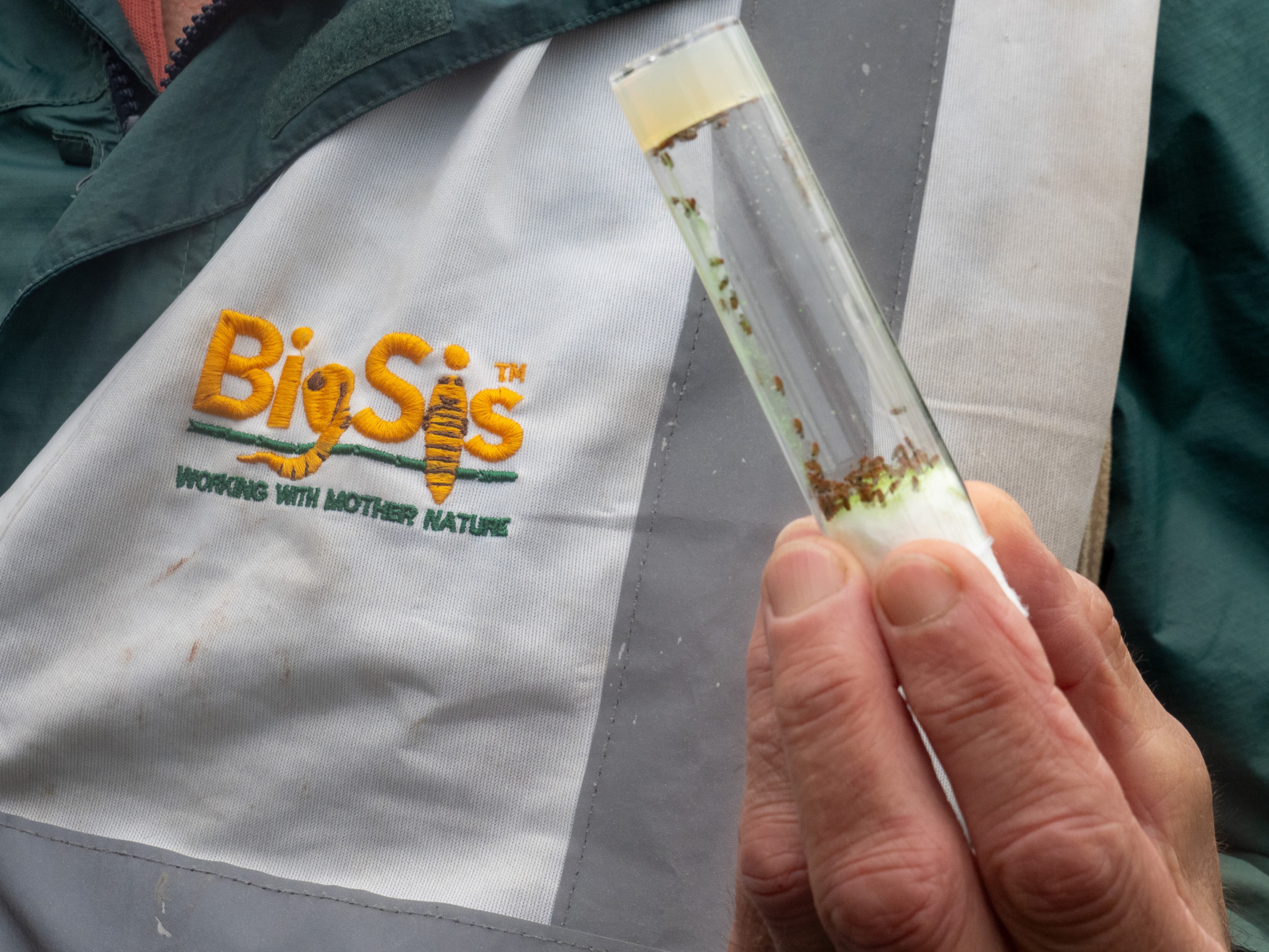
Barriers to growth
BigSis is targeting first international sales in 2026 through exporting sterile male SWD from England. In 2027 it aims to build production units in US and Europe to enable rapid sales growth from 2028 season.
What barriers exist in convincing farmers to shift from chemical sprays to a subscription-based SIT model? Research trials have proven SIT that can “outperform chemical insecticides and deliver increased crop yields, so growers can expect compelling return on investment”, responds Slade.
“The sterile insect technique is much easier to adopt and more effective than most other biocontrol solutions, since releases are made on a regular basis throughout the season. Furthermore, BigSis has initially provided the release and monitoring services.”
“Many growers have told us that they don’t bother monitoring for SWD because they know it is there, so they spray anyway. The same logic supports investing in the preventative solution that BigSis offers. With continuing restrictions on available chemistry, and increasingly stringent requirements from retailers for residue-free crops, the demand for effective alternatives is high and growing.”


